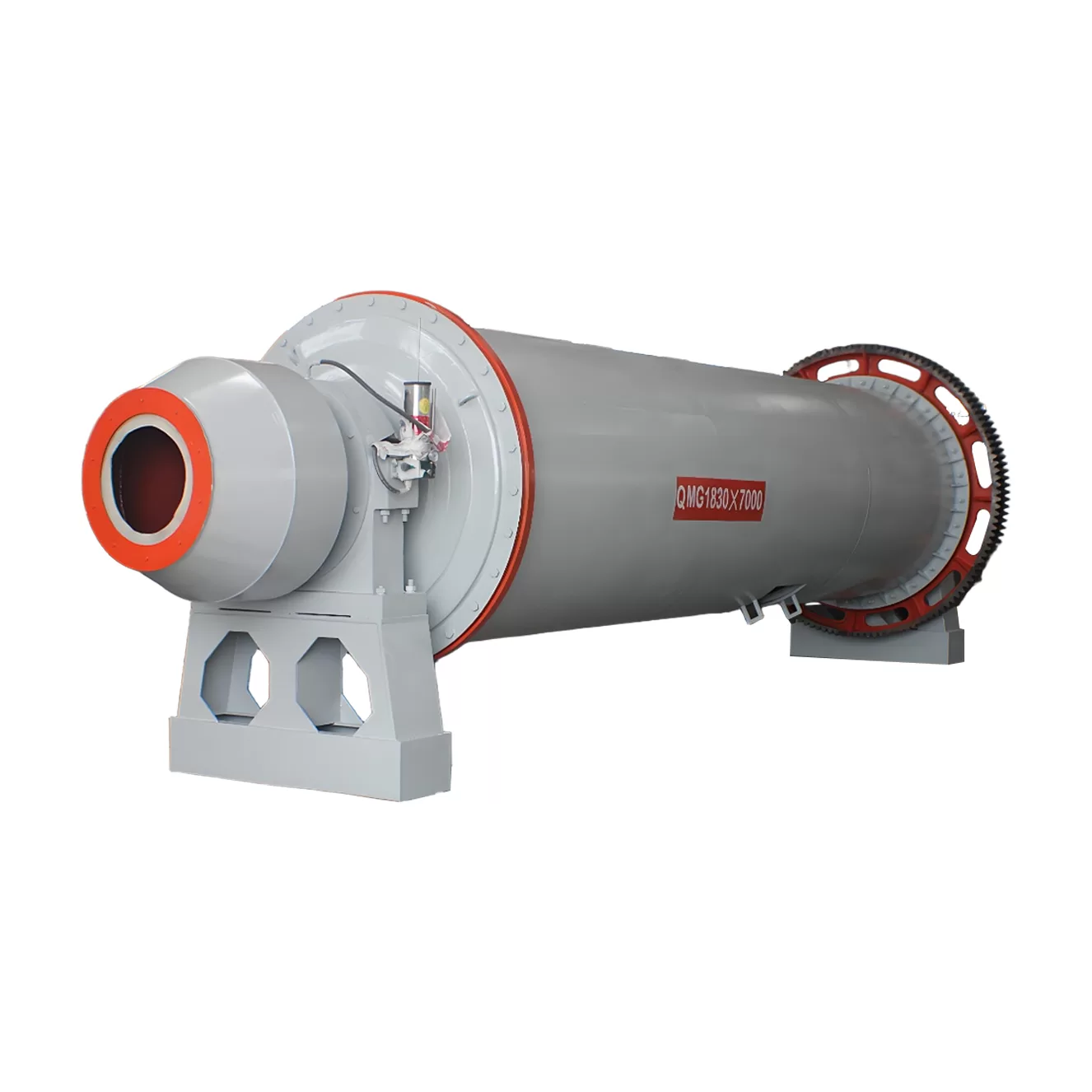全站搜索
ابحث في الموقع الإلكتروني بالكامل
ابحث في الموقع الإلكتروني بالكامل
Our Ceramic ball mill are available in different styles and numerous model sizes in each style to adapt to various grinding requirements.
Ceramic ball mill is a type of grinder used to grind and blend materials for use in mineral dressing processes, paints, ceramics and so on. The works on the principle of impact and attrition and the size reduction is done by impact as the balls drop from near the top of the shell.
Ceramic ball mill machine could effectively avoid increasing mechanical iron. Also it could improve the grade of burning degree, and low wear rate, low price of wearing parts, small power consumption, low cost, easy maintenance.
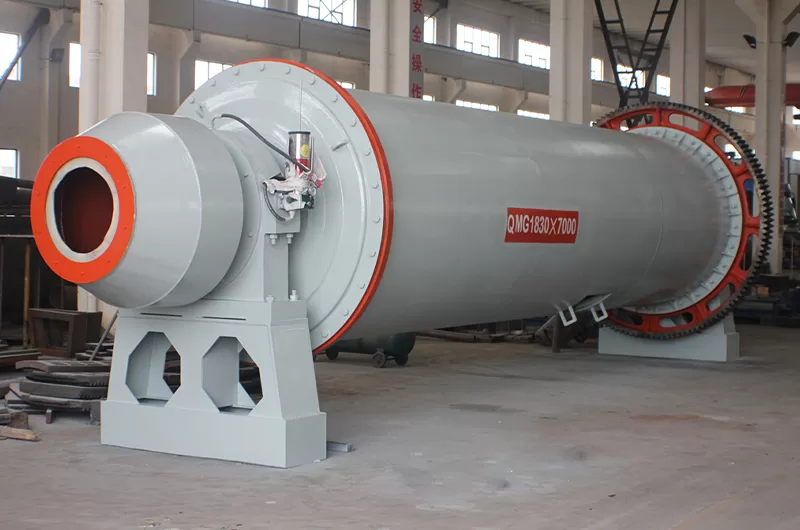
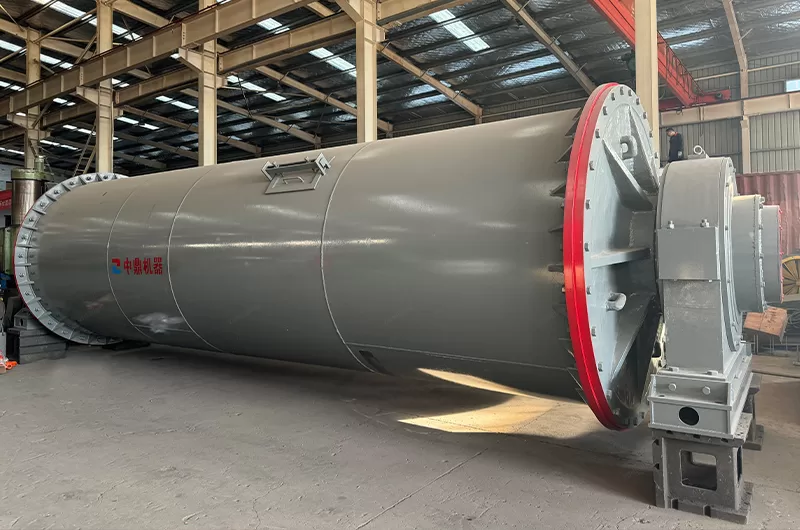
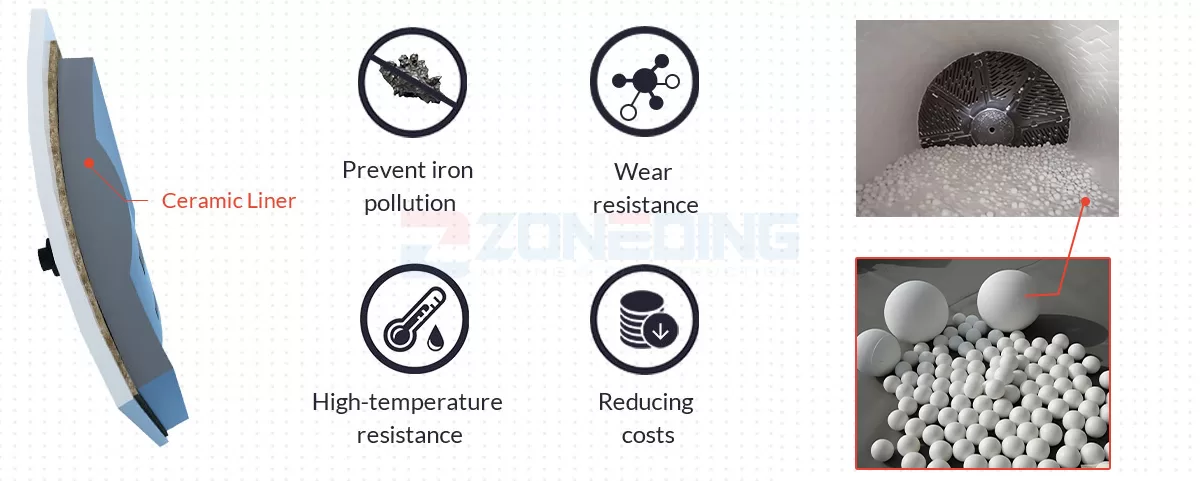
A motor turns the ceramic ball mill’s cylinder via a speed reducer. Inside, liners lift ore and grinding balls using friction and centrifugal force.
Gravity makes them fall. This fall crushes the ore through impact and grinding. Processed ore exits the discharge end.
A classifier separates fine product from coarse material. Coarse particles return to the mill via a feeder for more grinding.
The feeder ensures a continuous, steady supply of ore into the mill, and ground material exits continuously. This allows the ceramic ball mill to operate non-stop, 24 hours a day.
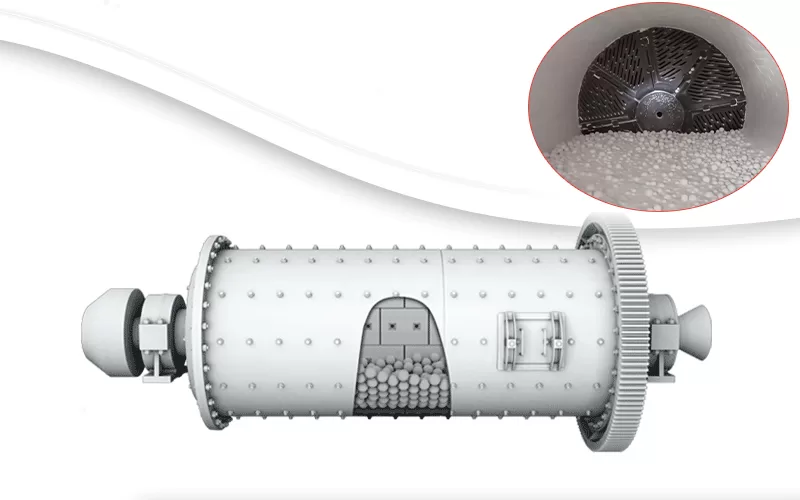
Whether it is glaze preparation in the ceramic industry, powder mixing in the chemical industry, or drug grinding in the pharmaceutical industry, the ceramic ball mill can meet your grinding needs with its excellent performance. It is widely used in various scenarios that require high purity and high precision grinding, and is a powerful assistant to improve product quality and productivity.
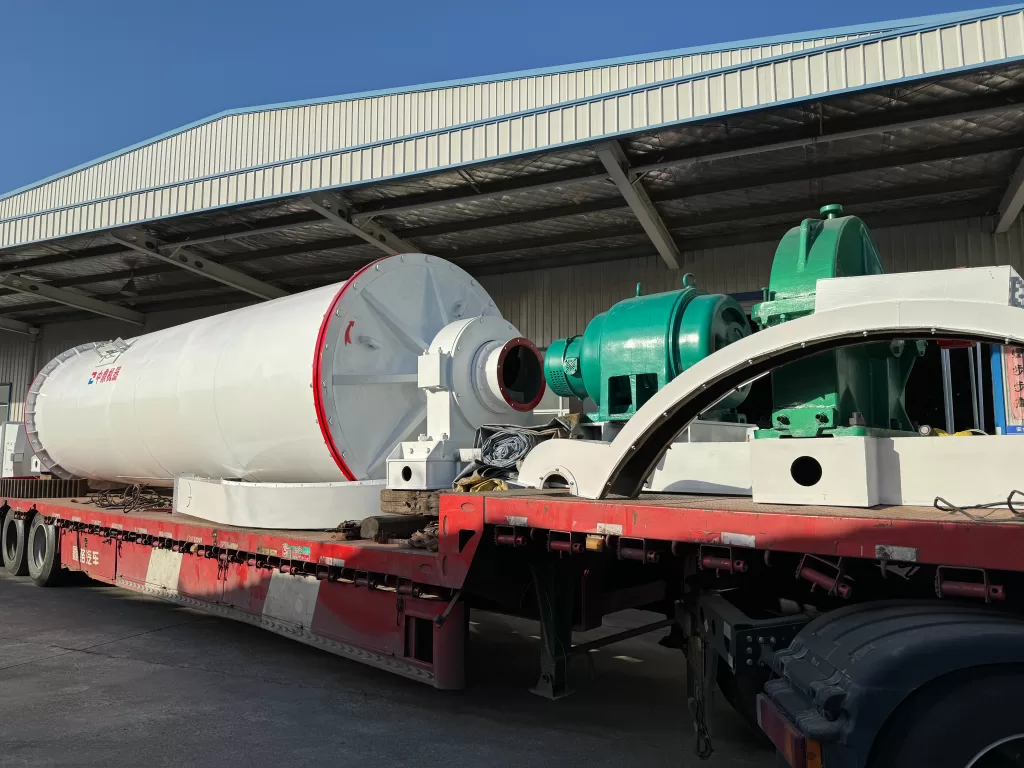
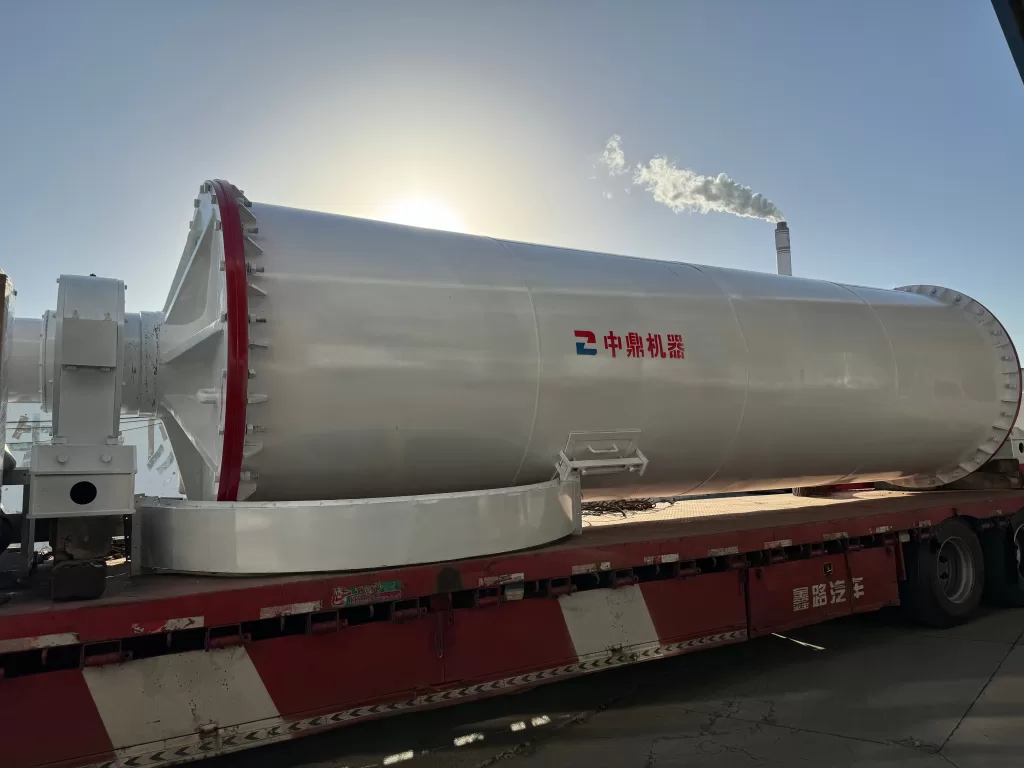
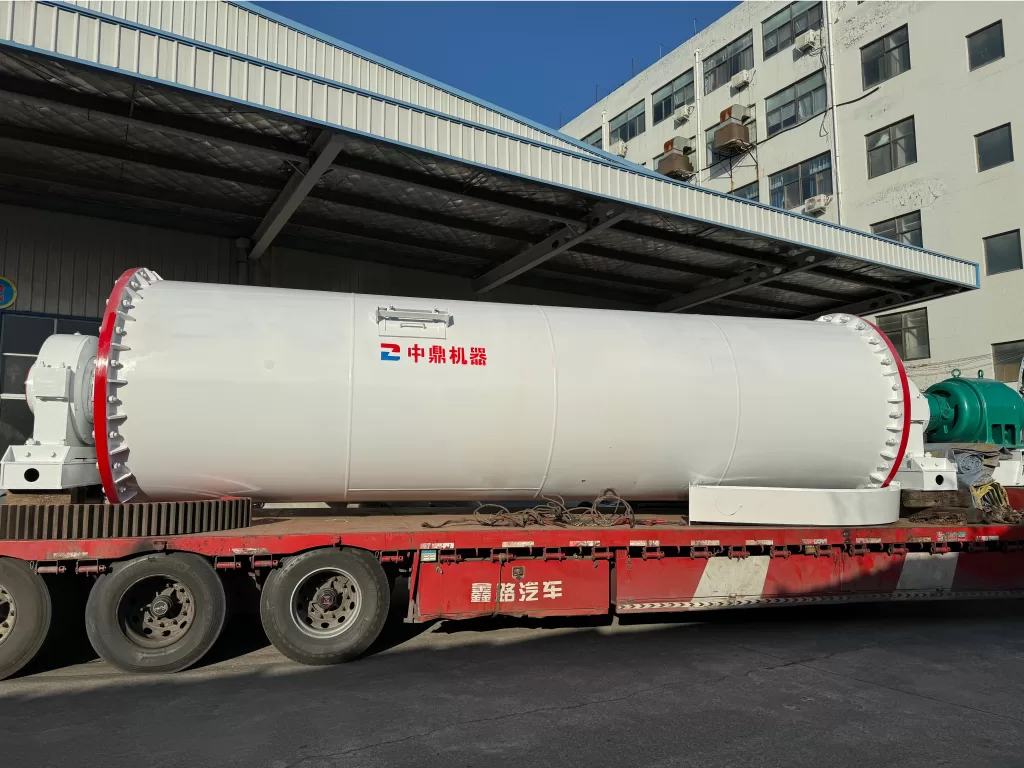
| الطراز | Feeding capacity (t/time) | Shell rotation speed (r/min) | Reference motor (kw) | Liner material |
| 600×700 | 0.05 | 50 | 2.2 | Chinaware,silicon,rubber or metal(the related motor power varied as per the different liner materials and grinding materials) |
| 800×600 | 0.075 | 42 | 3 | |
| 900×1200 | 0.2 | 38.5 | 5.5 | |
| 1300×1500 | 0.5 | 33 | 7.5 | |
| 1500×1800 | 1.2 | 28.5 | 11 | |
| 1800×2000 | 1.5 | 24 | 15 | |
| 2600×2800 | 5 | 16.5 | 37 | |
| 3000×3800 | 10 | 14.5 | 57.2 | |
| 3200×4600 | 15 | 13.5 | 75 |
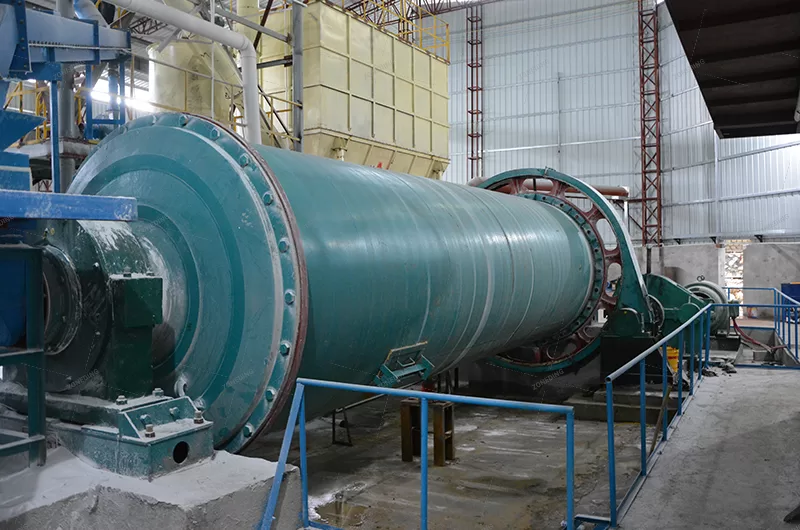
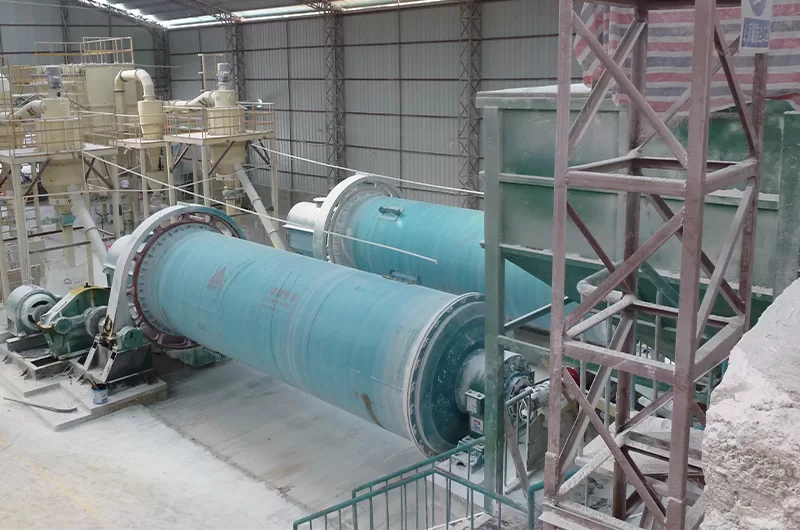
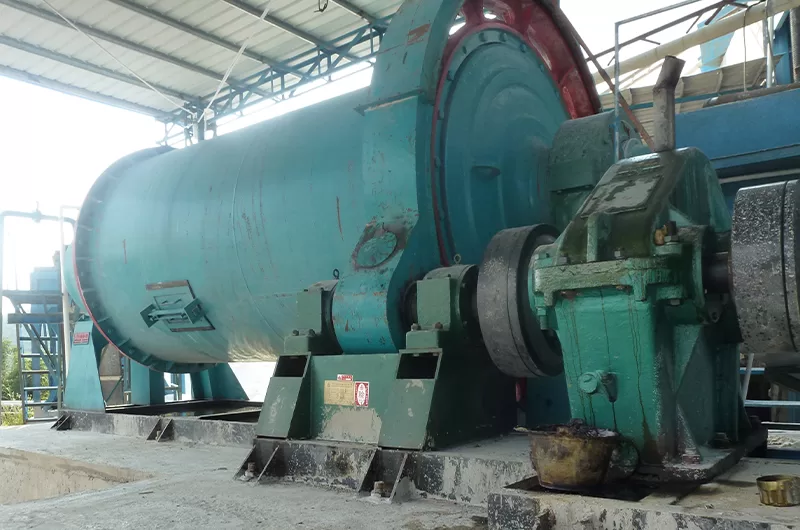
الإجابة: تشمل العوامل الرئيسية التي تؤثر على الفصل حركة الطاولة (الشوط والتردد)، وحجم الماء وانحداره، ومعدل التغذية وتركيزها، وحجم جسيمات مادة التغذية وشكلها. الضبط المناسب لهذه العوامل أمر بالغ الأهمية للفصل الفعال. يجب التحكم في المنحدرات الطولية والعرضية للطاولة بدقة. يجب أن يكون تركيز التغذية مناسبًا أيضًا، عادةً 20-30% للمعادن الخشنة و15-25% للمعادن الدقيقة.
الإجابة: يتضمن التشغيل مراقبة سطح السرير وضبط المنحدر وتدفق المياه ومعدل التغذية. تتضمن الصيانة الدورية فحص الأجزاء المفكوكة، وتشحيم المكونات المتحركة، وفحص التآكل، وتنظيف سطح الطاولة. يجب إجراء الصيانة الوقائية بانتظام، على فترات تتراوح من كل شهر إلى مرة واحدة في السنة.
الإجابة: يمكن أن تشمل المشكلات الشائعة اهتزاز الطاولة أو القطع المتقطع، أو التوزيع غير المتساوي للمواد، أو سوء الفصل. قد يتضمن استكشاف الأعطال وإصلاحها التحقق من وجود براغي مفكوكة، أو نوابض تالفة، أو اختلال المحاذاة، وضبط شد السير، وفحص المكونات الكهربائية، والتأكد من التشحيم المناسب. إذا كان هناك ضوضاء غير عادية، فحدد المصدر وقم بإزالة المشكلة.
الإجابة:
المزايا: توفر طاولات الاهتزاز نسب تخصيب عالية، وهي سهلة التشغيل نسبيًا، وتنتج مناطق فصل مرئية، مما يسمح بسهولة التعديل والمراقبة. وهي مناسبة لمجموعة واسعة من أحجام الجسيمات وكثافاتها.
العيوب: وعادةً ما تكون قدرتها الإنتاجية أقل مقارنةً ببعض الطرق الأخرى مثل الرقصات أو الحلزونات. كما أنها تتطلب مساحة كبيرة نسبيًا وتستهلك كمية كبيرة من المياه.
الإجابة: يعتمد الاختيار على المواد التي تتم معالجتها، والإنتاجية المطلوبة، ونطاق حجم الجسيمات. وتشمل العوامل التي يجب مراعاتها مساحة السطح، وطول الشوط، وتصميم المنحدر. يوصى بالتشاور مع الشركة المصنعة أو الخبير لتحديد التكوين الأمثل.
